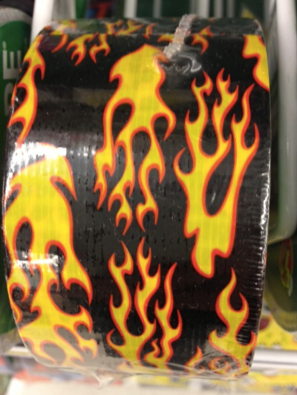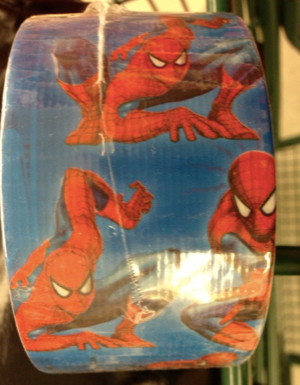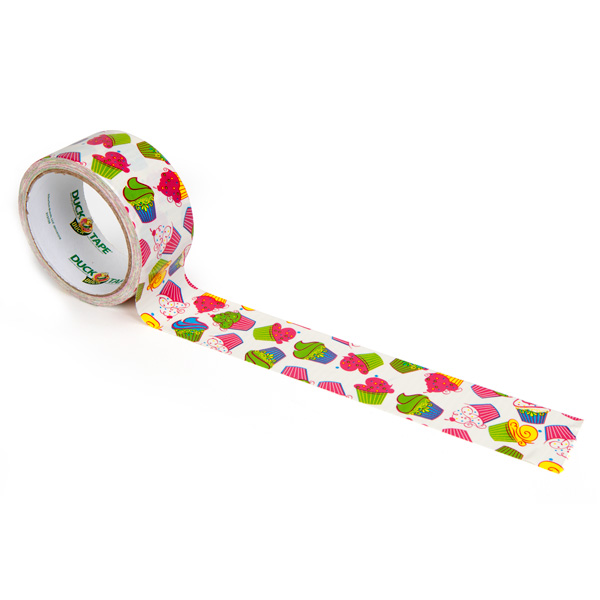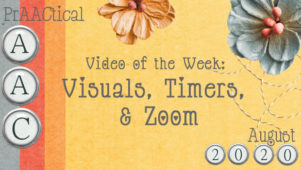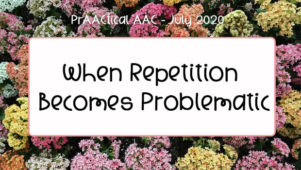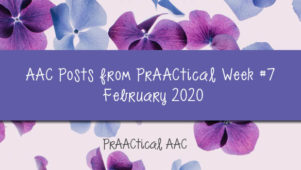Visual Organization, Themes, & Duct Tape.
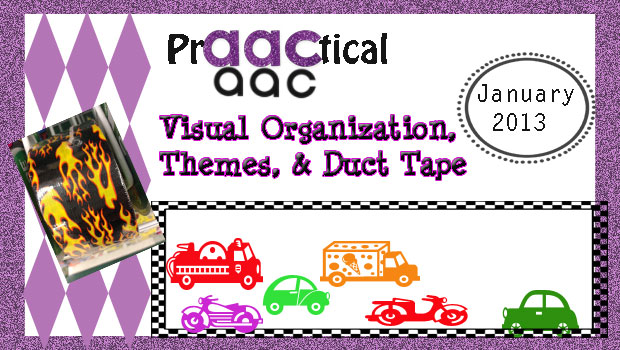
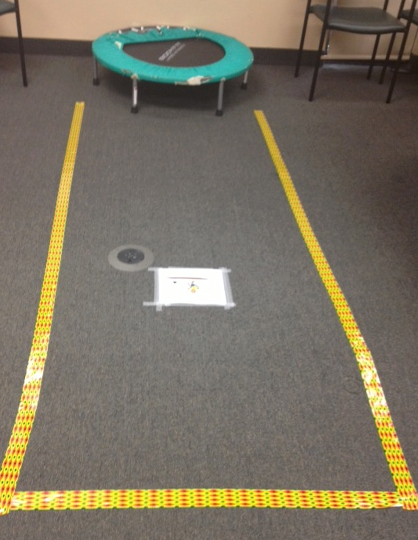 Duct tape just keeps getting better. For full transparency and disclosure, we get nothing and receive nothing from the makers or licenses of any brand of duct tape. We only buy it (although sometimes it might be on sale). We have written about duct tape as a prAACtical behavior strategy, but since that time, the popularity of duct tape as a crafting tool has increased. We are excited not because of the crafting opportunities but instead because we see many more patterns of duct tape in the stores. Any plain duct tape will work as a visual organization tool, but we love that we can add a thematic component to our organization system.
Duct tape just keeps getting better. For full transparency and disclosure, we get nothing and receive nothing from the makers or licenses of any brand of duct tape. We only buy it (although sometimes it might be on sale). We have written about duct tape as a prAACtical behavior strategy, but since that time, the popularity of duct tape as a crafting tool has increased. We are excited not because of the crafting opportunities but instead because we see many more patterns of duct tape in the stores. Any plain duct tape will work as a visual organization tool, but we love that we can add a thematic component to our organization system.
Keep in mind, the main point of using duct tape is as a visual organization support. It helps ‘set the stage’ for goal focused interaction and meaningful language experiences. It visually shows expectations. We want learners to understand where things belong and/or where they don’t belong. Teaching the visual organizational system (in this case the duct tape border) is most important. Don’t forget to teach multiple times (i.e., remember, the balls stay in the ball area) AND to reinforce (WOW, you kept the balls in the ball area) in order for duct tape to be an effective strategy. Don’t be surprised if some days, more reminders are required but we often think of the many days we have that we needed to be reminded to do something (exercise, write that email, submit various paperwork, etc.).
Duct tape, as a visual organization support allows for more focus for both the learner and facilitator to better participate in an activity. The learner knows the expectations so there is no ambiguity and the facilitator does not have to chase toys, materials, or the learner which allows more focus on the AAC communication or language goal. Many learners with social or pragmatic and or auditory comprehension impairments may be helped if the ‘area’ visually supports the language that goes with it. Therefore, when possible theme based duct tape can help delineate an ‘area’ visually’ as well as ‘verbally’. Keep in mind when we started using ‘duct tape’, we used whatever color/type was handy, and it worked well as a communication-behavior strategy. However, we have found with the added thematic component, it has been even easier for our learners to understand expectations and interaction guidelines.
These are a few of the ways we have used thematic duct tape.
Cars- We often play with cars as a low structured activity that focuses on specific communication and language goals. Organization is facilitated when the cars do not get rolled, thrown, or jumped all over the room. The visual boundary makes the ‘car’ area obvious & clear. Then we can focus on the meaningful language experience.
Supporting a Team- We have set up football and basketball teams, welcomed siblings home, and even done art about a college or school with themed duct tape. Go Seminoles, Go Gators!
Supporting an Interest- Spiderman has been a favorite of many of the boys (& some girls) we know. Therefore, we have lots of Spiderman toys. Since Spiderman ‘flies’, ‘jumps’, and ‘sprays webs’, we need it to be organized so we can stay focused on the AAC communication and language goals.
Cooking &/or Eating- We often decorate cupcakes as an AAC communication and language activity (requesting, commenting, vocabulary, etc). We were so happy when we recently found this ‘cupcake’ duct tape and can’t wait to use it this Winter.
Have fun!
Filed under: PrAACtical Thinking
Tagged With: Organization, resources, Themes, visual supports
This post was written by Robin Parker
